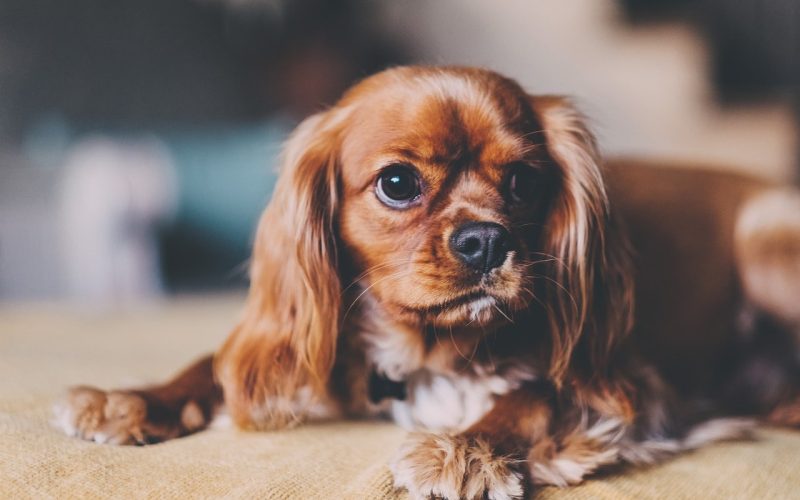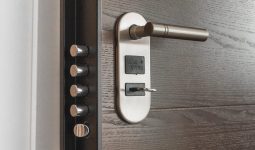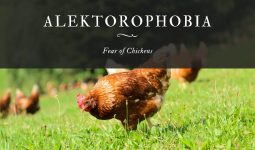You’ve just brought home a new puppy and are excited to start your life together.
However, before truly enjoying your furry friend, you must ensure your home is safe for them.
Puppies are curious creatures who love to explore, so they can easily get into trouble.
To help you keep your puppy safe, we’ve compiled a list of steps to puppy proof your house.
From electrical safety to keeping toxic substances out of reach, follow these steps, and you’ll have peace of mind knowing your puppy is safe at home.
Why Puppy Proofing is Important ?
As a new puppy owner, it’s important to puppy proof your house. Puppy proofing helps to create a safe environment for your puppy and can prevent costly accidents.
Puppies are naturally curious and will put anything and everything in their mouths.
This can pose a serious choking hazard or lead to them ingesting something poisonous.
Puppy proofing your house helps to remove potential hazards from your puppy’s reach.
In addition, puppies are known for chewing on things they shouldn’t. This can include electrical cords, furniture, shoes, and more.
Puppy proofing your home can help protect your belongings from being destroyed by their teeth. Finally, puppies have a lot of energy and like to run around.
This can be dangerous if they’re not supervised, as they can easily knock over lamps or vases or tumble down stairs.
Puppy proofing your home can help make it safer for your puppy to explore.
Taking simple precautions can help create a safe and fun environment for your puppy.
Common Household Items that are Toxic to Puppies
Many common household items are toxic to puppies and can make them very sick if ingested. Some of the most common items include:
- Cleaning Products: Bleach, disinfectants, oven cleaner, etc.
- Plants: Certain plants, such as lilies, azaleas, tulips, and holly, can be poisonous if eaten by puppies.
- Medications: Over-the-counter and prescription drugs can be toxic to puppies if they ingest them. Be sure to keep all medications out of their reach.
- Food: Chocolate, coffee, onions, grapes, and raisins are just some food items that can poison puppies. Always keep food out of their reach and dispose of it properly.
What to Expect When Puppy Proofing Your House
When you bring a new puppy home, there are many things to consider in terms of keeping them safe.
One important task is to puppy-proof your house so they don’t get into trouble when you’re not looking.
Here’s what you can expect when you start puppy proofing your home:
Step 1: You’ll need to check your entire house, from top to bottom thoroughly. This means looking for any potential hazards your puppy could get into, such as cords or small objects they could choke on.
Step 2: Once you’ve identified potential hazards, you’ll need to remove them or make them inaccessible to your puppy. This might involve moving furniture around, putting away certain items, or using baby gates to block off certain areas of your home.
Step 3: You’ll also need to provide your puppy with plenty of appropriate chew toys and other things to keep them occupied so they’re less likely to get into trouble. This can help prevent boredom and chewing on things they shouldn’t.
Step 4: Finally, it’s important to be consistent with your puppy proofing efforts and always supervise your puppy when they’re out of their crate or designated area. By taking these steps, you can help keep your puppy safe and prevent any accidents in your home.
How to Puppy Proof Your House
Puppies are curious creatures that love to explore. Unfortunately, this can often lead to them getting into things they shouldn’t.
To keep your puppy safe, it’s important to puppy-proof your home. Here are some tips on how to puppy-proof your house:
- Remove anything that could be harmful or dangerous. This includes medicines, cleaning products, and small objects that could be swallowed.
- Make sure all electrical cords are out of reach. Puppies like to chew on things, and electrical cords can be dangerous if chewed on.
- Block off any areas you don’t want your puppy to access. This could include the stairs, certain rooms in your house, or the trash can.
- Puppies are attracted to anything that smells good, so keep food out of reach. This includes both human and pet food.
- Provide plenty of toys and chewable for your puppy to play with so they don’t get bored and start chewing on furniture or other things in your home.
What to Do if Your Puppy Has an Accident
If your puppy has an accident in the house, the best thing to do is to clean it up immediately.
This will help to prevent any further accidents from happening and will also help to keep your house clean.
To clean up a puppy accident, remove any solid waste and thoroughly clean the area with a pet-safe cleaner.
Be sure to rinse the area well afterward. You may also want to consider using a pet-safe odor eliminator to help get rid of any lingering smells.
Common Hazards to Puppies in the Home
Puppies are curious creatures that love to explore their surroundings. Unfortunately, this can often lead to them getting into things they shouldn’t and sustaining injuries.
To help keep your puppy safe, it’s important to be aware of common hazards around the home and take steps to puppy proof your house. Some of the most common hazards to puppies in the home include:
1. Stairs and Stairways
Puppies can easily tumble downstairs and sustain serious injuries. To prevent this, ensure all stairways in your home are blocked off or have gates at the top and bottom.
2. Sharp Objects
Puppies are notorious for putting things in their mouths. This can lead to them cutting themselves on sharp objects such as knives or glass. It’s important to keep these items out of reach or, better yet, put them away entirely when not in use.
3. Toxic Substances
Many household cleaners and chemicals are toxic if ingested by a puppy. Ensure all cleaning products and chemicals are stored safely away from curious pups.
4. Small Objects
Puppies can choke on small objects such as coins, beads, or buttons. Keep an eye on your pup when they’re playing and pick up any small objects that might pose a choking hazard.
5. Hot Surfaces
Burn injuries are another common hazard for puppies who like to explore with their mouths. Be careful not to leave hot drinks or food within reach of your pup,
What to Do if Your Puppy Gets Into Something They Shouldn’t?
If your puppy gets into something it shouldn’t, you should remove whatever it is that it got into.
You can take it away from them if it’s something like food or a toy.
However, if it’s something more dangerous, like a cleaning product or medicine, you must immediately take them to the vet.
Once you’ve removed the item, keep an eye on your puppy to ensure they don’t have any adverse reaction.
If they start vomiting or having diarrhea, for example, call your vet right away.
If they seem fine, keep an eye on them and ensure they don’t get into anything else they shouldn’t.
Conclusion
Puppy proofing your house may seem daunting, but it’s important if you want to keep your puppy safe.
By taking some time to puppy proof your house, you can help prevent accidents and injuries.
Follow these tips on puppy proofing your house and keeping your furry friend safe.








